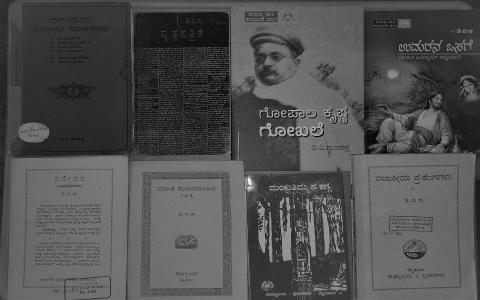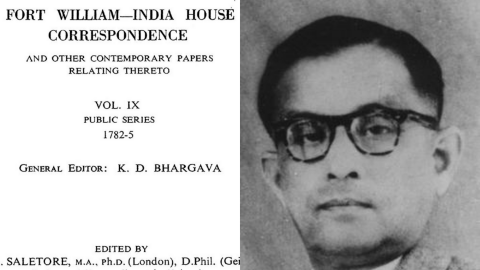January 2022
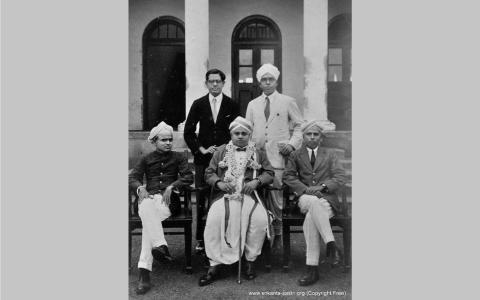
During a conversation with S R Ramaswamy, he mentioned to me that in the 1940s, K M Munshi had asked Sastri to write about the Aryans in the first volume of The History and Culture of the Indian People. Sastri asked, “I can definitely write it but do you have the courage to publish it?” It turns out that a great nationalist of the stature of Munshi too didn’t have the guts to publish the entire essay and printed a paltry two-page summary of...
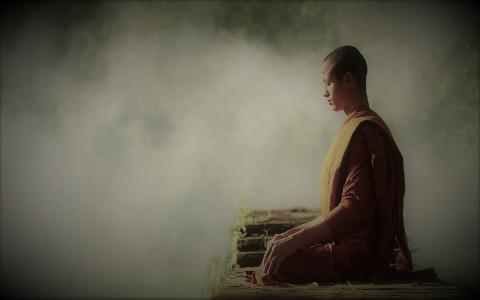
Modern literary theory usually insists that a poet should not come in the way of the natural development of events and characters. If he gets personally involved, the work runs the risk of turning into a pamphlet meant only to air the author’s pet views. It would then become an artificial construct, straying away from its primary purpose of leading the readers to rasa.
On the surface, Vyāsa appears to have flouted all these...
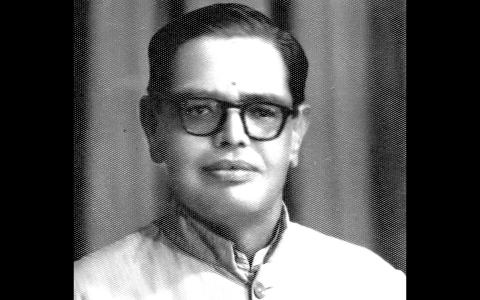
Here is an example of a critique written by Sastri and what is noteworthy is that instead of it becoming merely reactionary, it offers a wonderful commentary on Indian culture.
The German philosopher-historian Oswald Spengler wrote a two-part tome titled Der Untergang des Abendlandes (literally, ‘The Downfall of the Occident’), which was translated into English in 1926 as ‘The Decline of the West’ and it sold a hundred thousand copies. In his...
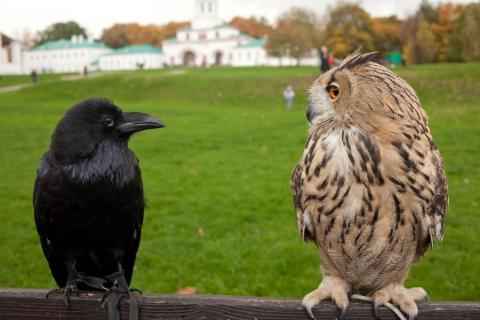
In Pāṭalīputra lived two brāhmaṇas - Yajñasoma and Kīrtisoma. Among the two, the younger one, Kīrtisoma, flourished through the business he set up with the wealth he inherited. Yajñasoma, however, ate and drank and gave away generously whatever he had and eventually became a pauper. He couldn’t bear to be thus among his relatives and decided to migrate to a different kingdom. However, he couldn’t even muster money for the journey, even from his...
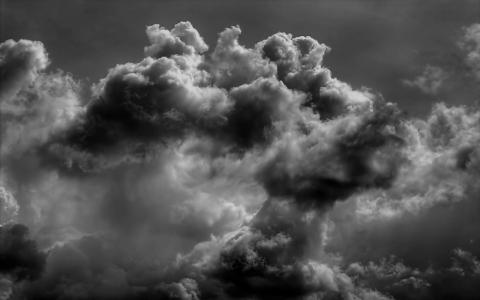
Though instantly smitten, Śāṇḍilya realises he needs to be rich once he comes to know that she is a courtesan! Meanwhile the Yamapuruṣa, invisible to everyone, arrives and waits for the right time to do his master’s bidding. When Vasantasenā wants to pluck some of the shoots of the Aśoka tree, the Yamapuruṣa disguises himself as a snake and bites her. She loses consciousness. Parabhṛtikā laments her loss and is about to venture out to bring...
Who are devas? Various pictures of divine beings holding a trident, staff, rope, or discus might arise in our minds. These pictures are useful elsewhere; they can assist in meditation. When we are studying philosophy, devas are the powers of creation and nature – great powers of various kinds. The relationship between humans and these superhuman deities may not be directly observable to us. But it cannot be said that they do not exist just...
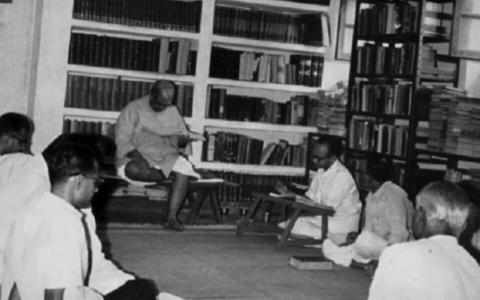
I will now outline the qualities of DVG’s personality and works that can guide us in the pursuit of knowledge.
DVG laid great emphasis on the study of classics. He was an ardent devotee of elevating literature in three languages: Sanskrit, Kannada and English. This enabled him to develop a healthy, balanced, harmonious and constructive perspective on life. He exhorted his friends and students to read widely. To this end, he started a study...
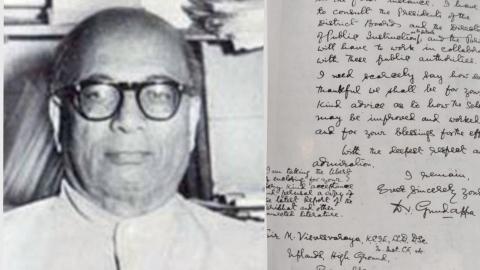
DVG has analyzed the major characters of the Mahābhārata in a long essay. His sublime analysis includes discussions on kāla, ṛta and conflicts that arise in the transition from one age to another. This is an exposition that befits the epic dimension of the Mahābhārata.
Gītaśākuntala is a unique work that presents several poignant episodes of Kālidāsa’s Abhijñānaśākuntala in the form of songs. In the introductory section of this work, DVG...

